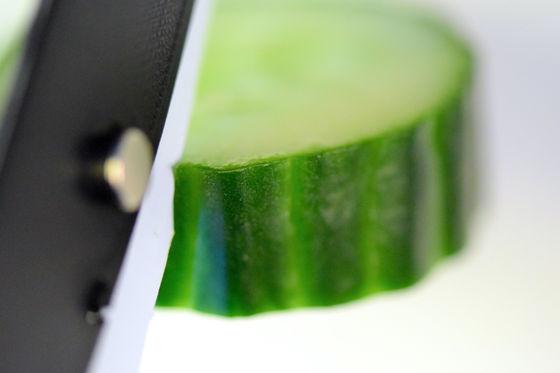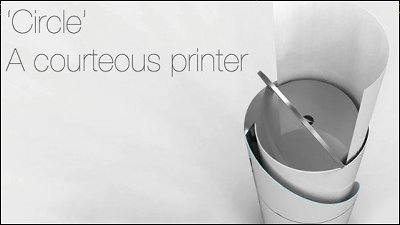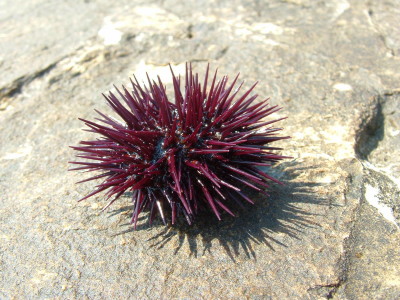Research reveals the thickness of paper that is most likely to cut your finger

Many people who work in the printing industry or office work, where they often handle paper, are frustrated by the painful and slow-to-heal cuts they get from paper, even though they are not deep. Physicists at the Technical University of Denmark conducted an experiment to determine the 'perfect thickness of paper to cut human skin,' which is sharper than cardboard and stronger than tissue.
Phys. Rev. E 110, 025003 (2024) - Competition between slicing and buckling underlies the erratic nature of paper cuts
Paper types ranked by likelihood of paper cuts
https://phys.org/news/2024-08-paper-likelihood.html
Scientists Reveal The Absolute Worst Thickness For a Paper Cut : ScienceAlert
https://www.sciencealert.com/scientists-reveal-the-absolute-worst-thickness-for-a-paper-cut
According to Kaare Jensen and colleagues from the Technical University of Denmark, although paper has been central to human culture for over 1,000 years for storing and transmitting information, the physical mechanism by which paper cuts through soft tissue remains unknown.
To get to the bottom of why thin paper can cut a finger, Jensen and his team prepared ballistic gelatin with a consistency similar to human skin, then cut the gelatin with several types of paper and recorded the results.

by S. Arnbjerg-Nielsen, M. Biviano & K. Jensen, Technical University of Denmark
This confirmed that paper that was too thin would curl and be difficult to cut, while thick paper was too dull to cut through the gelatin.
On the other hand, we found that papers that are neither too thick nor too thin, such as newspaper or

by S. Arnbjerg-Nielsen, M. Biviano & K. Jensen, Technical University of Denmark
The dangerous paper was between 50 and 100 micrometers thick, with the sharpest being 65 micrometers. This is the same thickness that is often used in well-known scientific journals like Nature and Science. The research team published this paper not in Nature or Science, but in Physical Review E, a publication of the American Physical Society.

by S. Arnbjerg-Nielsen, M. Biviano & K. Jensen, Technical University of Denmark
'However, it is worth noting that user habits and dexterity also play a role. In particular, most paper wounds can be avoided by observing touch techniques that minimise the chance of paper cuts,' the team wrote in their paper.
ScienceAlert, a science news site that covered this paper, commented, 'In essence, it seems to say that people who cut their fingers with paper are clumsy. How rude.'
This research could be used to develop paper products that are less likely to cut fingers, but it also has other applications.
Using their knowledge of what types of paper have the sharpest cutting edges, the research team developed the Papermachete, a low-cost, sharp paper scalpel.

by S. Arnbjerg-Nielsen, M. Biviano & K. Jensen, Technical University of Denmark
Using a Papermachete made from used printer paper and a reusable handle created with a 3D printer, the team was able to cut vegetables, fruit and chicken.

by S. Arnbjerg-Nielsen, M. Biviano & K. Jensen, Technical University of Denmark
The data for making Papermachete with a 3D printer is available on GitHub.
GitHub - Jensen-Lab/PhysicsOfPaperCuts: Arnbjerg-Nielsen, Sif F., Biviano, MD, and Jensen, KH (2024). Competition between slicing and buckling underlies the erratic nature of paper cuts. Physical Review E.
https://github.com/Jensen-Lab/PhysicsOfPaperCuts
Related Posts:
in Science, Posted by log1l_ks







